From the film's opening frames, Thomas Goupille plunges us into another world and another time: the workshop of the famous Fresson dynasty, master printers of photographs since 1899. The enlarger and the wooden frames from the nineteenth century, the Roberval balance, now only found at antique dealers, kitchen pans, as well as the machine that spreads gelatine on the paper, invented by great-grandfather along with the process: these are still working instruments. But by etching their era and their technical protocols in the printing process, they anchor the Fressons in the field of artistic craftsmanship, in the wake of a family tradition of quality, creativity and unique pieces, in contrast to a contemporary world sucked in by quantity, technological productivity and profit.

 by
Brian Ross
by
Brian Ross

 by
Wolfgang Hastert
by
Wolfgang Hastert

 by
Nicolò Filippo Rosso
by
Nicolò Filippo Rosso

 by
Jose Muniain
by
Jose Muniain

 by
Andy Dunn
by
Andy Dunn
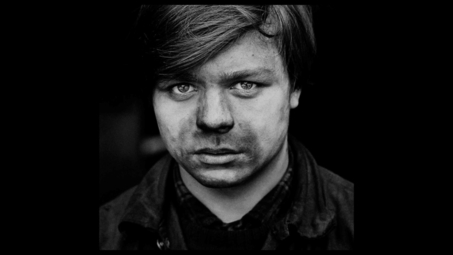
 by
Nils Petter Löfstedt
by
Nils Petter Löfstedt
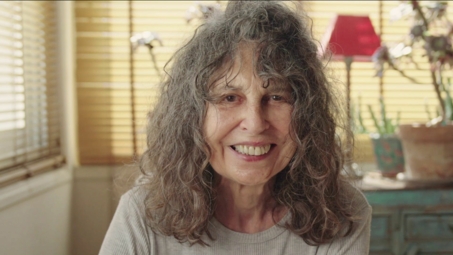
 by
Christine Delory-Momberger
by
Christine Delory-Momberger
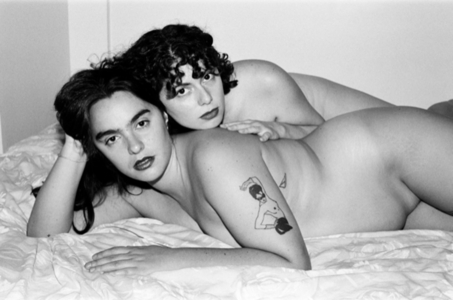
 by
Romy Alizée
by
Romy Alizée
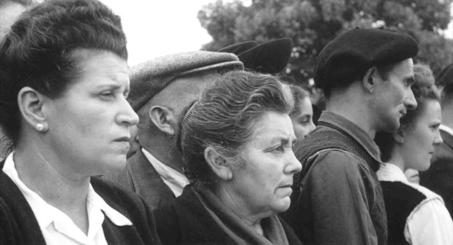
 by
Patrick Séraudie
by
Patrick Séraudie
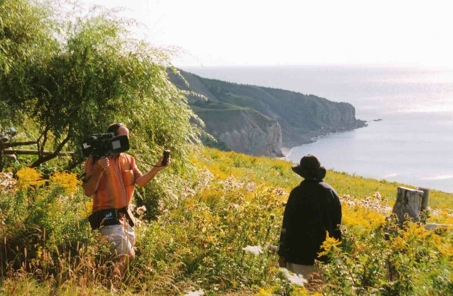
 by
Emmanuel Bacquet
by
Emmanuel Bacquet
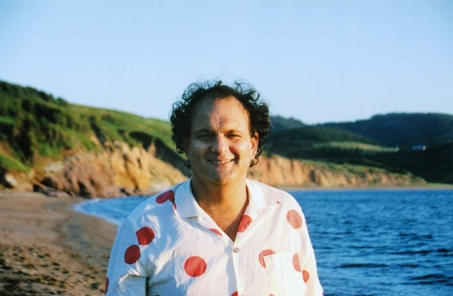
 by
Gerald Fox
by
Gerald Fox
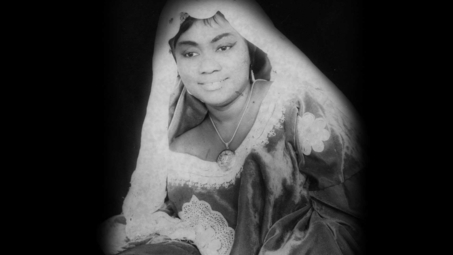
 by
Fototracce
by
Fototracce
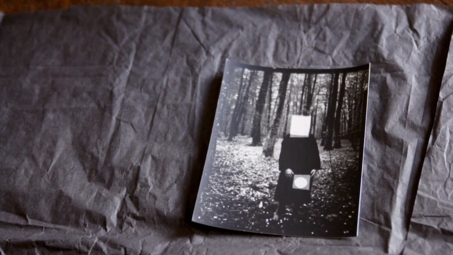
 by
Sara Imloul
by
Sara Imloul
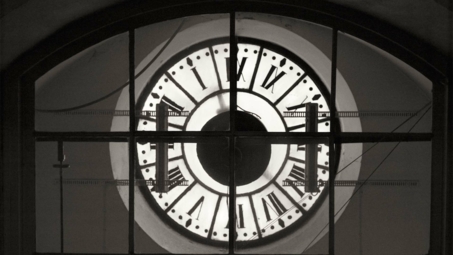
 by
Serge Bramly
by
Serge Bramly
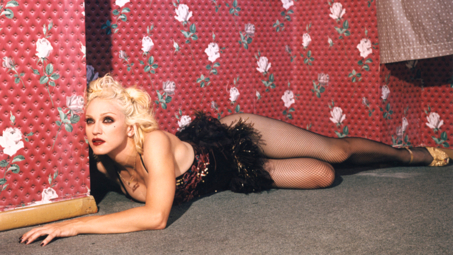
 by
Bettina Rheims
by
Bettina Rheims
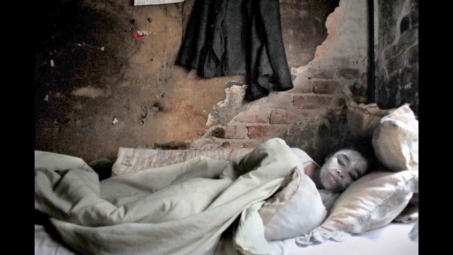
 by
Nathalie Masduraud et Valérie Urréa
by
Nathalie Masduraud et Valérie Urréa
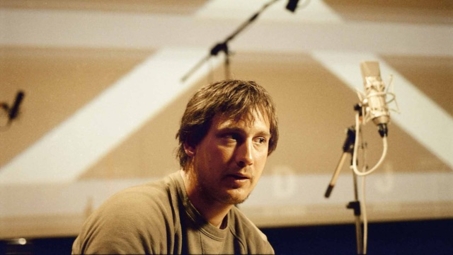
 by
Nicolas Becker
by
Nicolas Becker
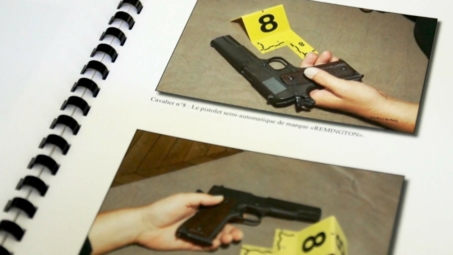
 by
André Rouillé
by
André Rouillé
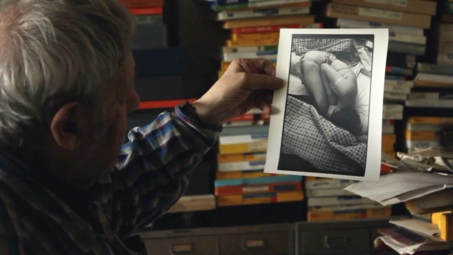
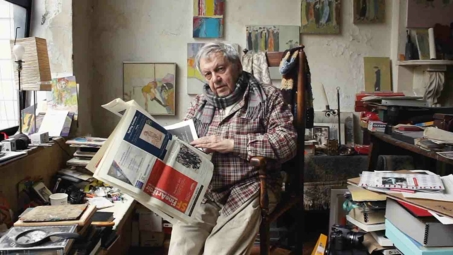
 by
Tomas Leach
by
Tomas Leach
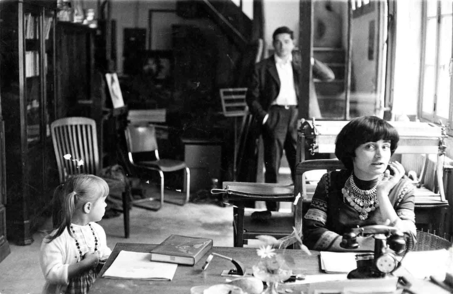
 by
Rosalie Varda
by
Rosalie Varda
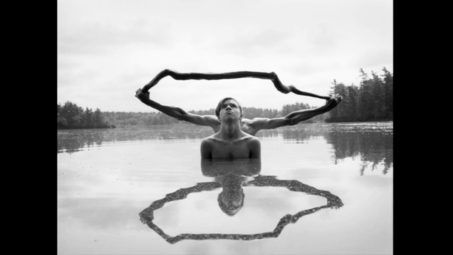
 by
Kimmo Koskela
by
Kimmo Koskela
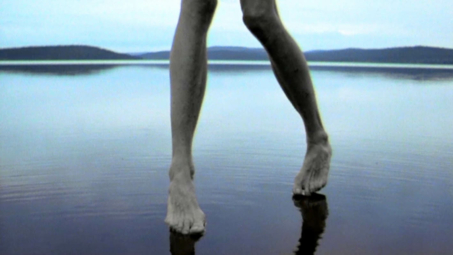
 by
Arno Rafael Minkkinen
by
Arno Rafael Minkkinen
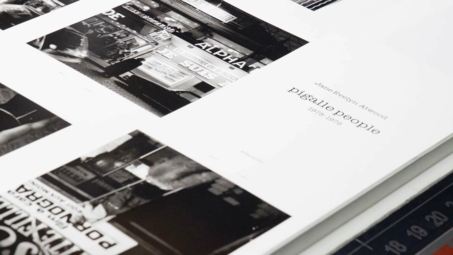
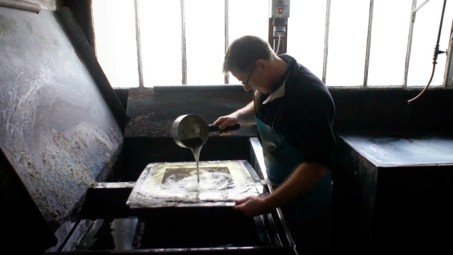
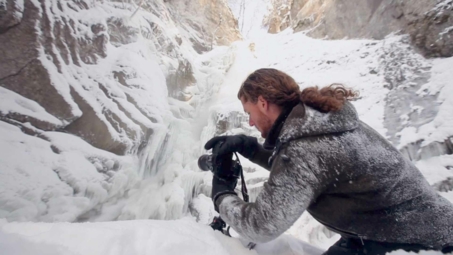
 by
Mathieu Le Lay
by
Mathieu Le Lay
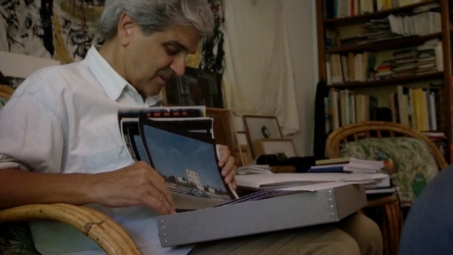
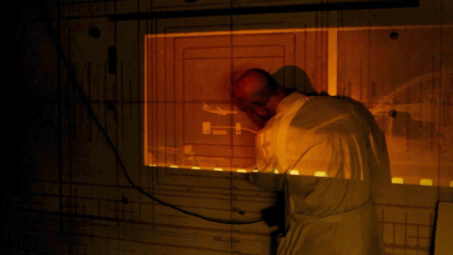
 by
Bernard Plossu
by
Bernard Plossu
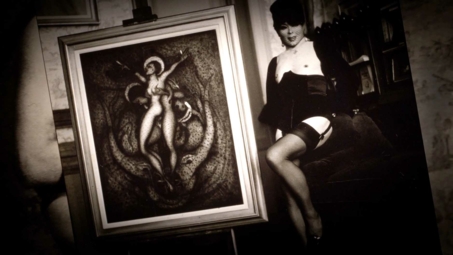
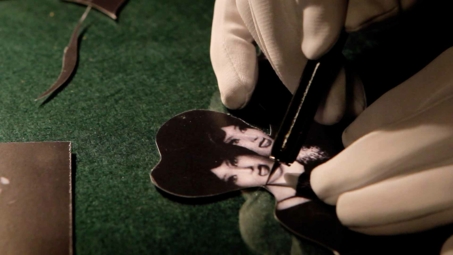
 by
Dominique Roland
by
Dominique Roland
